starryeyed
Ideal_Rock
- Joined
- Nov 6, 2006
- Messages
- 2,398
That's a great suggestion Indecisive. Your avatar looks much more accurate - there for a while, I thought you had an Emerald! Ha-ha!
So I guess John Pollard from WF had seen this thread and read my comments about the sensitivity of the ASET-scope when I looked at the stone. In a forwarded email, here were his comments: (Traci gave me permission to post)
John Pollard, Director of Consumer Education:
...That's exactly right. In fact, I'm not surprised: The size of that Asscher pushes the boundaries of our setup which was standardized using more common, smaller sizes.
I've attached two graphics I prepared for a tutorial which will go up on our website soon. Please feel free to pass them [along] to demonstrate how ASET gives more detailed information than IS, but one must keep in mind that it's all light return, and that as the stone or the viewer moves the areas of contrast all shift and create the beauty we see in the pattern of scintillation.
The ASET definitely reveals more about the nature of fancies, even though the ideal-scope is very good at showing overall light return. Another important factor with fancies is how the diamond looks to the viewer when mounted and dynamic, which CAN'T BE REPRESENTED using a photo. The areas some may criticize for being a certain color in a still ASET photo may create wonderful contrast when viewed in natural conditions at normal human distances and sizes. Remember, that one photo was at a set distance and yields only one interpretation of angular spectrum. It's why Brian has long, long said that 2D images are not nearly enough by which to judge a fancy shape. No one can tell what it will look like from 1000 miles away. In your hand is the only way to judge.
I am attaching the images, courtesy of Whiteflash:
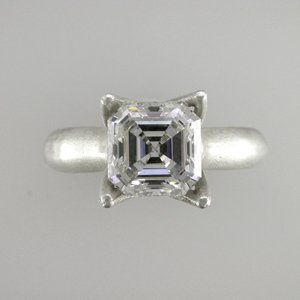
So I guess John Pollard from WF had seen this thread and read my comments about the sensitivity of the ASET-scope when I looked at the stone. In a forwarded email, here were his comments: (Traci gave me permission to post)
John Pollard, Director of Consumer Education:
...That's exactly right. In fact, I'm not surprised: The size of that Asscher pushes the boundaries of our setup which was standardized using more common, smaller sizes.
I've attached two graphics I prepared for a tutorial which will go up on our website soon. Please feel free to pass them [along] to demonstrate how ASET gives more detailed information than IS, but one must keep in mind that it's all light return, and that as the stone or the viewer moves the areas of contrast all shift and create the beauty we see in the pattern of scintillation.
The ASET definitely reveals more about the nature of fancies, even though the ideal-scope is very good at showing overall light return. Another important factor with fancies is how the diamond looks to the viewer when mounted and dynamic, which CAN'T BE REPRESENTED using a photo. The areas some may criticize for being a certain color in a still ASET photo may create wonderful contrast when viewed in natural conditions at normal human distances and sizes. Remember, that one photo was at a set distance and yields only one interpretation of angular spectrum. It's why Brian has long, long said that 2D images are not nearly enough by which to judge a fancy shape. No one can tell what it will look like from 1000 miles away. In your hand is the only way to judge.
I am attaching the images, courtesy of Whiteflash:


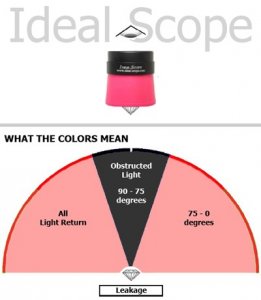
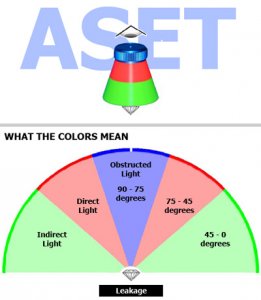

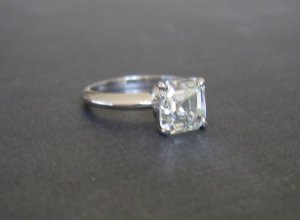
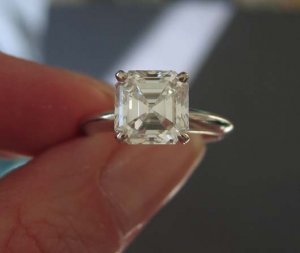
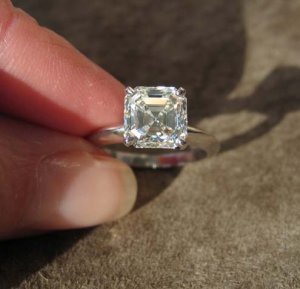
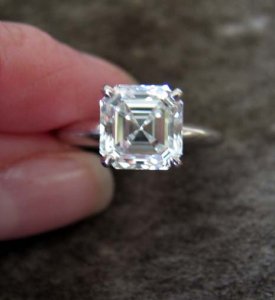
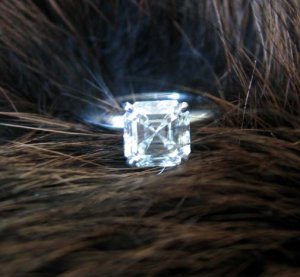
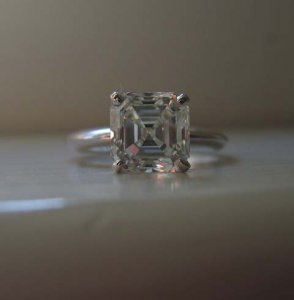
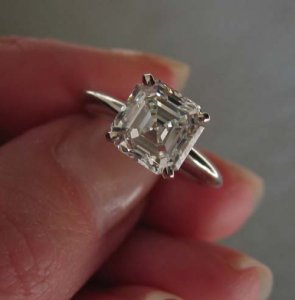
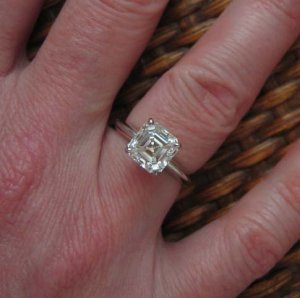
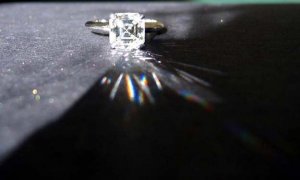


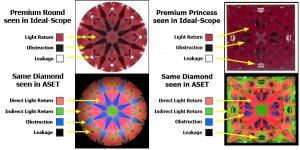


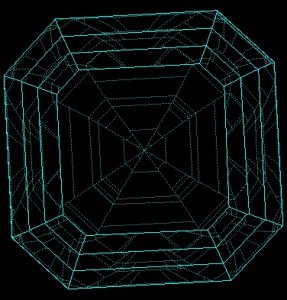


300x240.png)